Learn these essential watercolor techniques that every painter should use in their work.
Understanding and adding these techniques to your creative repertoire will broaden your abilities to be able to paint in literally whatever style you want. Here are the 30 best watercolor techniques we believe that are ‘must-haves’ in your work.
Washes

A watercolor wash refers to the method of application using a large brush to spread a saturated (often dilute) coat of paint across the surface of the paper or canvas. This thin layer of watercolor creates a smooth, flat area of pigment that falls into one of the two categories: a flat wash or graduated wash.
- Flat wash (one color): single, uniform layer of color that covers a majority of the paper or canvas (often as an undercoat for the painting’s background). In order to create solid areas of color that are typically transparent in nature, a large (size 10-12) flat, round or mop brush is used to quickly saturated the surface material.
- Graduated wash (two colors): achieved by blending in a gradual, sweeping motion in order to emulate a seamless gradient of color across the canvas
Wet on Wet
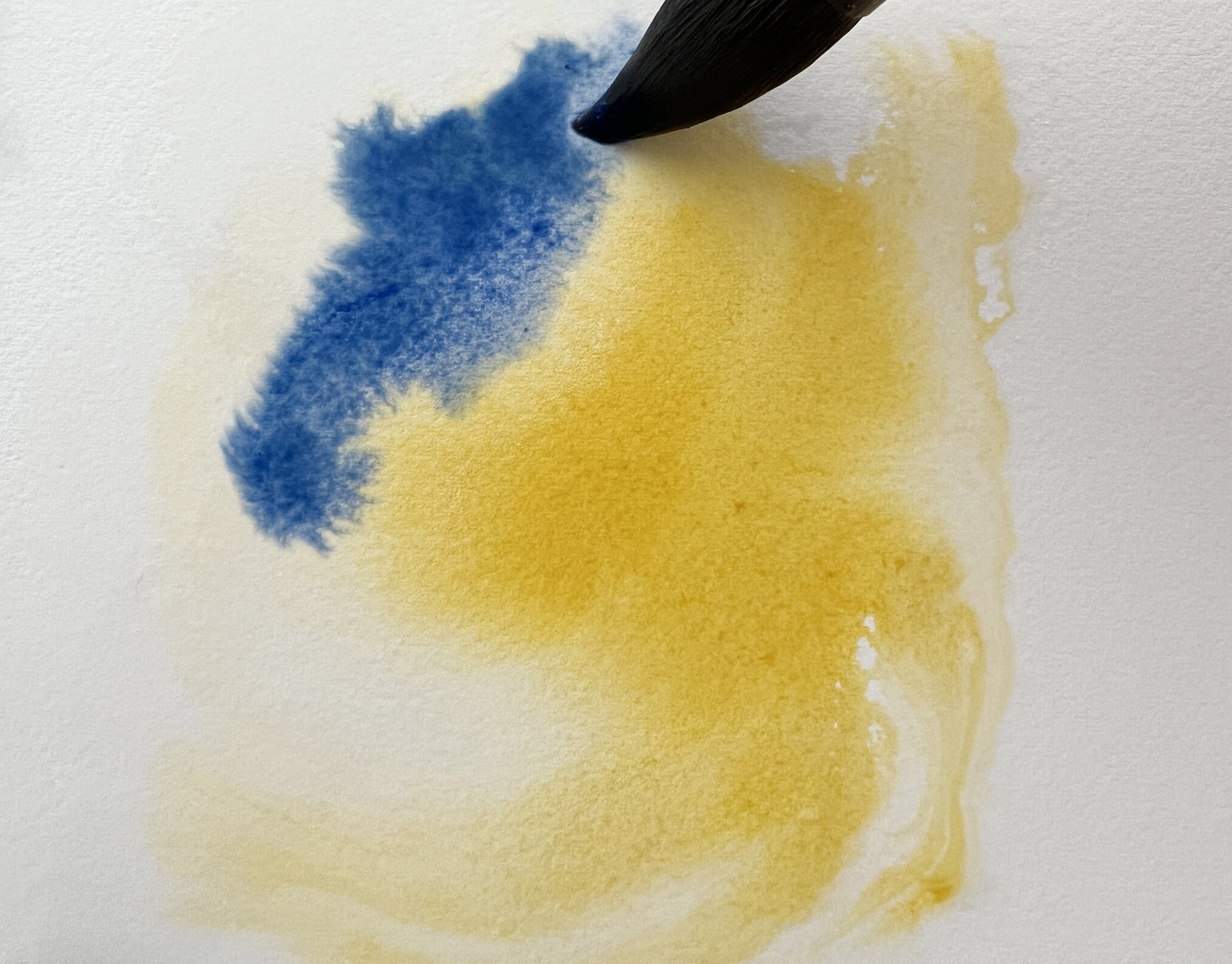
Involves the dampening of paper before adding paint to create a feathery impression resulting in soft, spontaneous effects that ‘bleed’ into the area wetted.
Drop in

Type of wet-on-wet technique that uses the tip fo your watercolor brush to press down and make lines or swirls onto a previously painted area of pigment. This technique is great for adding greater contrast and depth to your paintings especially when using darker colors on top of lighter hues in order to have a transformative effect on your work.
Wet on dry

Involves the application of watercolor onto a dried surface (I.e. dry paint, dry paper) in order to layer details without disrupting the paint underneath. This fundamental technique tends to give you more control over your brushstrokes in order to achieve a uniform, flat appearance that allows for the semi-transparent nature of watercolors to really shine or a variegated color (shifts in hue and intensity).
Dry brush
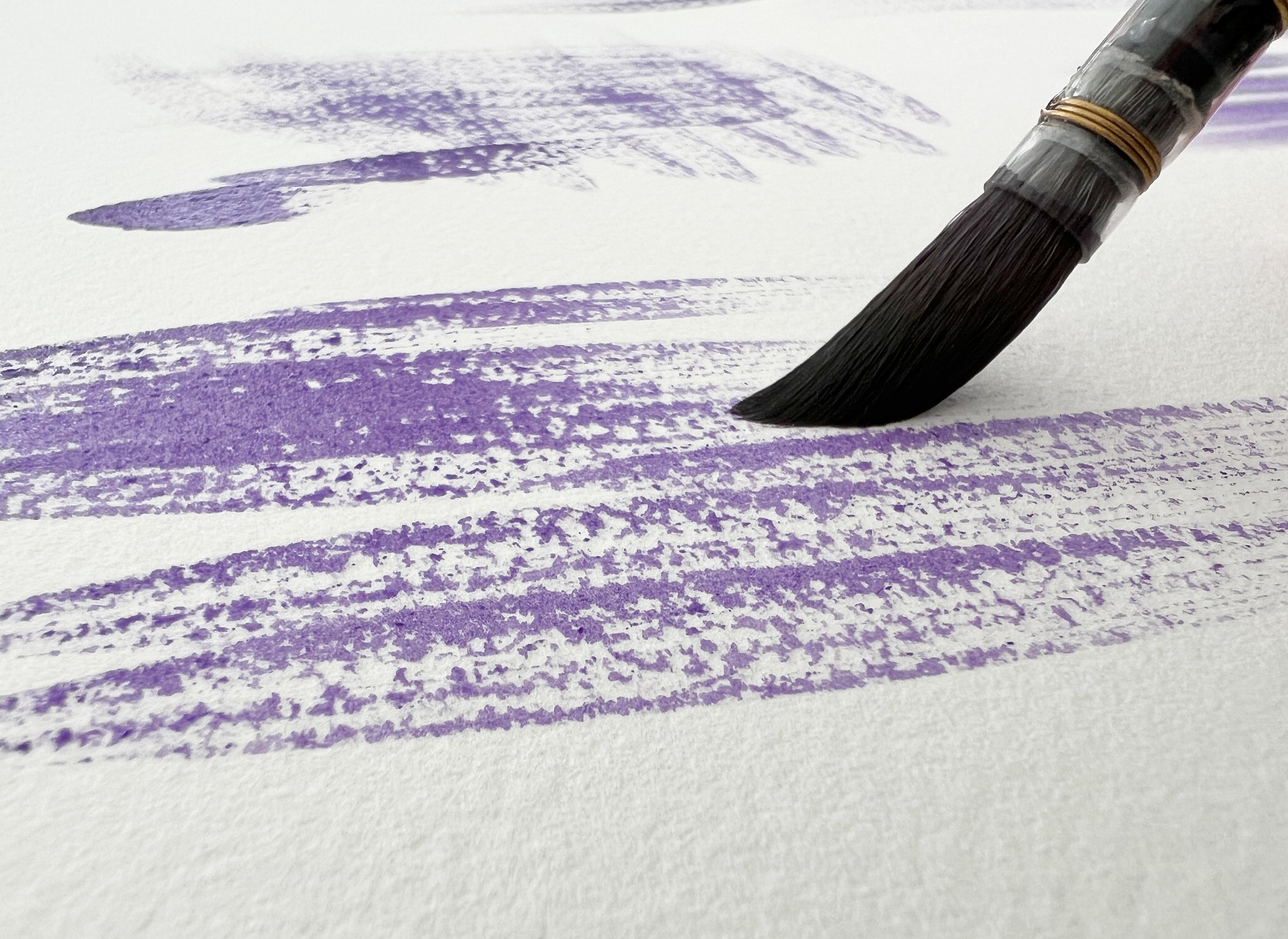
Removing water from the formula and just using pigment with a dry brush to create a scratchy texture on the page. For the best effect, the dry brush should be dragged across a rough paper surface in order to deposit pigment in a streaky line on the raised bumps but leaving the grooved valleys untouched. Make sure that your brush isn’t too heavy with paint by dabbing excess pigment off on a paper towel
Pull in color
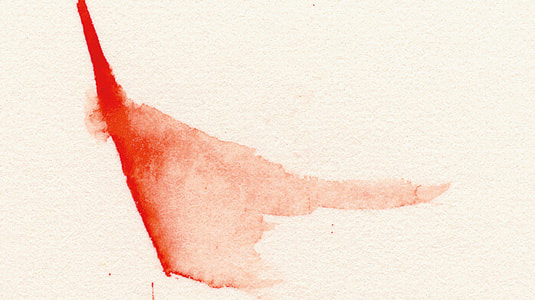
Use of a clean wet brush to pull pigment from a heavily saturated line of color on the page. You can experiment more with this technique using a paper towel to pull the paint across the page
Blossoming
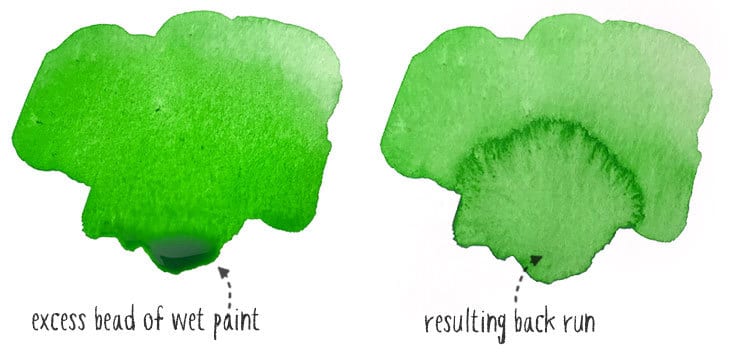
Created by ‘tapping’ your colored brush onto a pool of water or wet wash of paint. For the best effect, ensure that you apply paint that is highly dilute and allow it to partially apply before dropping a small amount of pigment using a separate brush. This will result in colors to ‘bleed’ into each other, creating a nice ‘cauliflower’ gradient.
Layering

The transparency of watercolor as a medium, opens up the opportunity to build color in layers. This process is a slow and gradual technique that requires patience as one color is laid down and then revisited with another shade. The accumulation of pigments will lead to nuanced tones that seem to blend into interesting hues.
Another layering technique that involves the gradual overlapping of different pigments to create a blend of color. Brushstrokes should be layered in semi-wet, irregular waves of paint with caution of adding an excess amount of water to limit over-blending and a muddied final product.
Brush flick
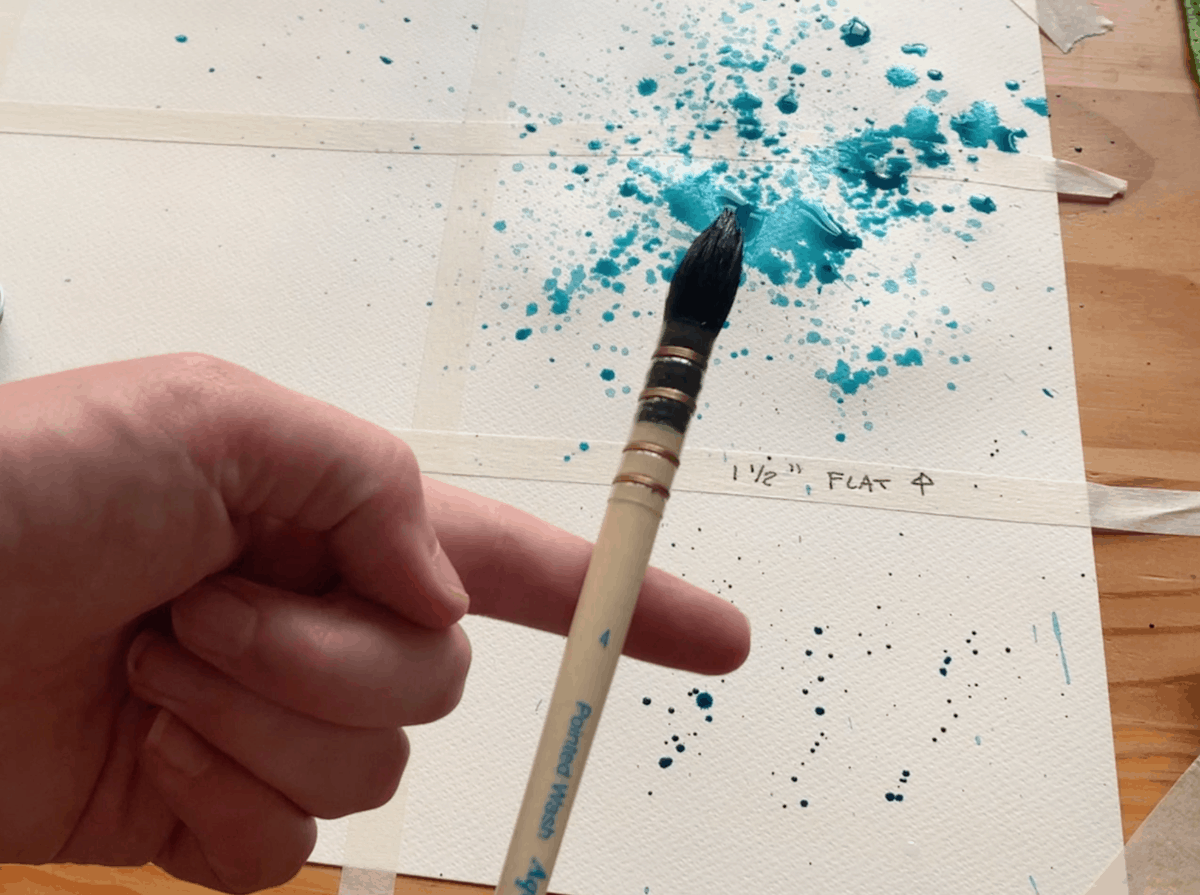
For an extra touch that can really elevate the style of your paintings or to emulate some kind of speckled debris, use your index finger to pull back the bristles of your brush and let them snap forward within close proximity to the paper. This will result in a large splatter of pigment on the page that can yield a greater level of expressiveness. For smaller flecks, flick the brush handle with your index finger or lightly tap the loaded brush against another brush near the page.
Color lift

Using a paper towel or dry brush to partially ‘erase’ an area of wet pigment will ‘lift’ the paint off the page. This technique is useful for lessening the shadow regions of your work and to add a greater layer of depth through highlights.
Salt

The addition of large salt granules to wet pigment on the page will provide a textured pattern as the salt crystals absorb into the water. Especially for rocks and other surfaces (e.g. tree bark, brick), this simple technique (although a little messy) can do wonders.
Sponge
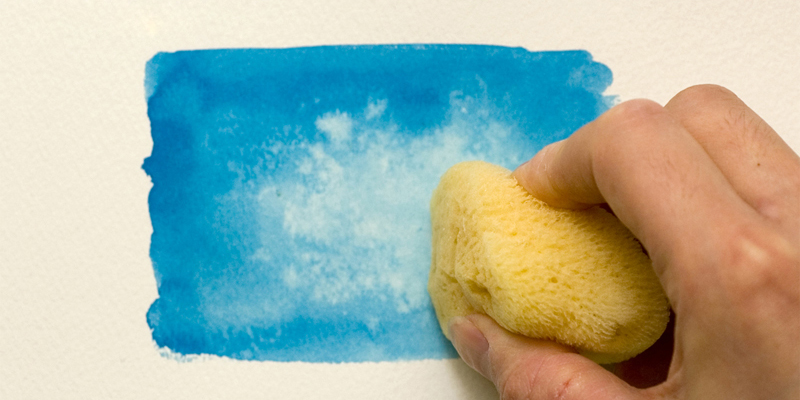
The application of watercolor with a sponge can be easily used to create a thin wash layer or textured background. Due to the large surface area of sponges, this technique is useful for covering large areas with texture.
Rubbing alcohol
Add some rubbing alcohol onto the paper by either spraying or applying with a brush. Due to the chemicals contained by the rubbing alcohol, watercolor is repelled away resulting in lighter patches of pigment.
Sgraffito

Derived from the Italian word ‘to scratch’, use this technique by scratching a hard edge into wet paint in order to reveal pigment underneath. Some tools you could use is a palette knife, sewing needle or the bottom tip of the paint brush handle to make these indentations.
Cling wrap
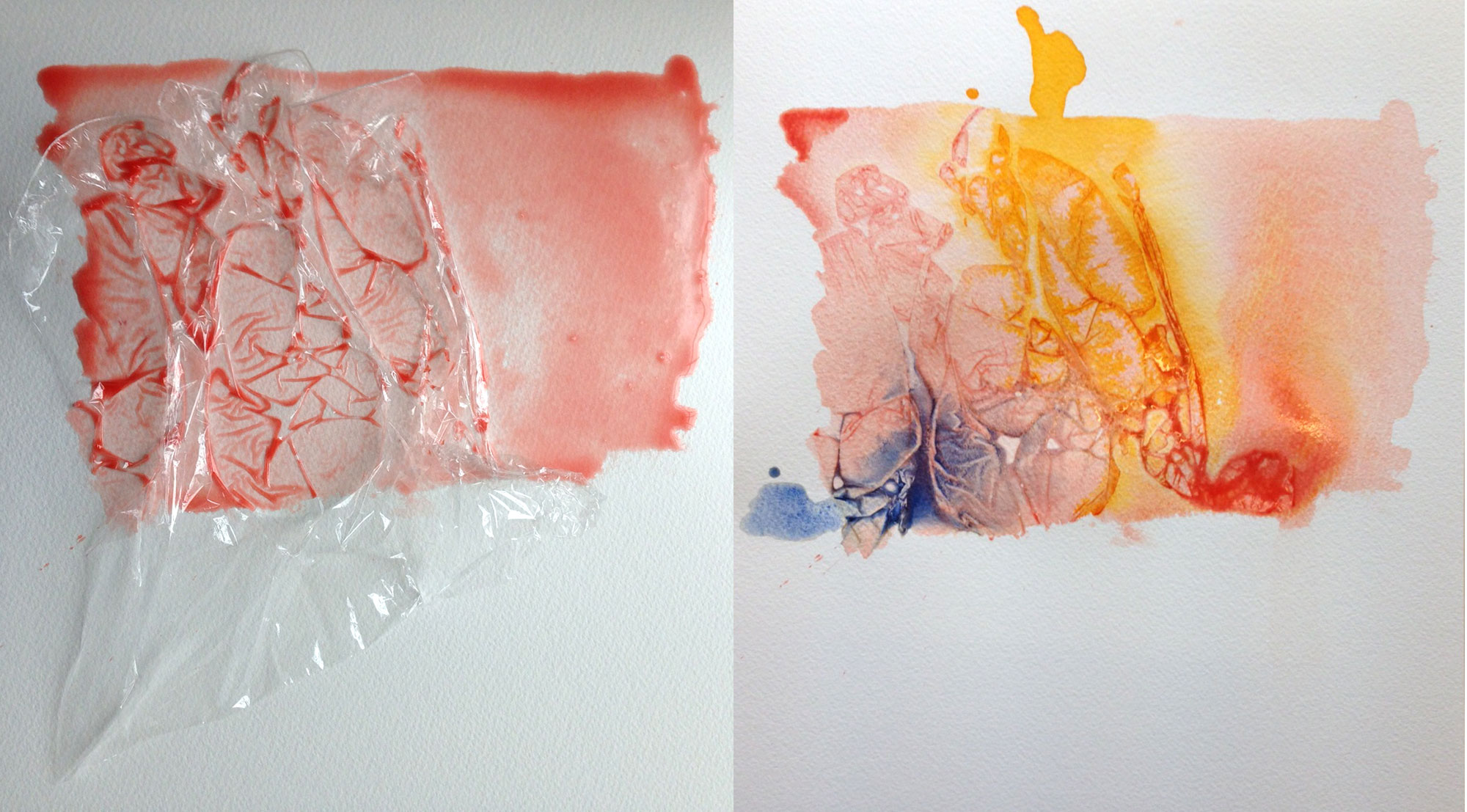
Cover wet paint with cling or bubble wrap and allow to dry before removing. Lifting the cling or bubble wrap off the page will result in faded textures that show the page color or allow for pigment layers beneath to seep through.
Masking

Due to the often unpredictable nature of watercolor, masking tape can be used to create sharp, crisp edges that are hard to be organically created. This is achieved by first blocking out the areas you want to be blank with tape, painting over it and then peeling off when the paint is dried. A tip here is to use a hair dryer to first weaken the glue before removing the tape to ensure that the paper does not rip. Masking fluid can be used in the same way.
Alla prima
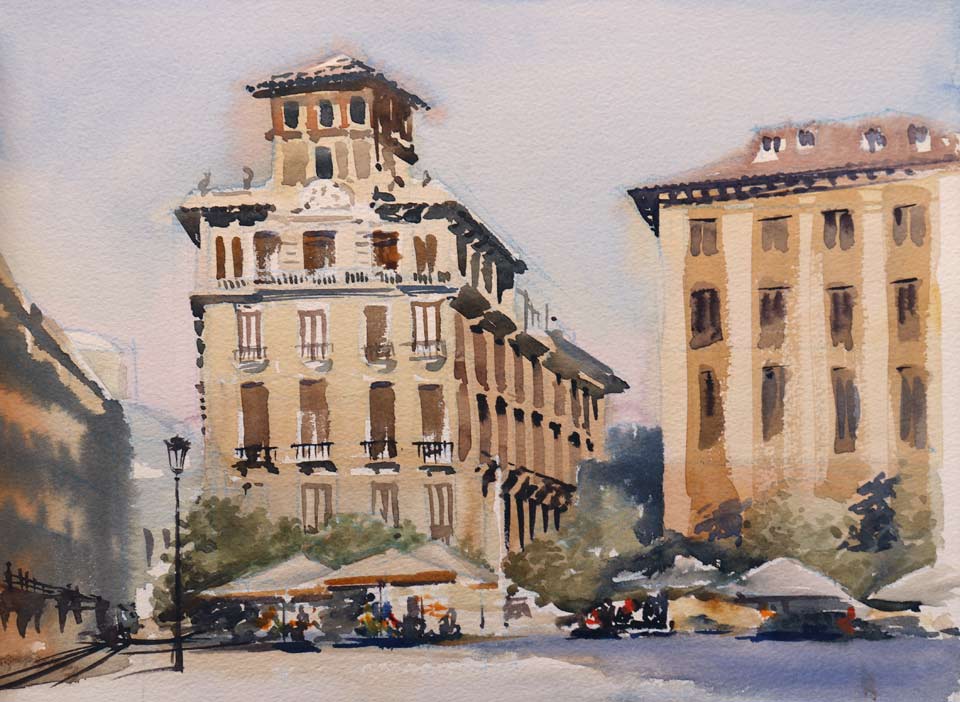
Term used to describe a painting that has been completed in one session. Using this technique will help you shift toward a more looser style of painting due to the restricted window of time you have to paint.
Wax resist

Wax from candles or oil pastels are resistant to watercolor paint applied over the tip. This can be used to effectively create highlights for shapes as well as additional textures and color contrasts in you paintings.
Mixed media

Combining watercolor with other mediums such as acrylic paint, ink, charcoal and gouache can add additional opaque areas in your work. Inks and watercolors are an especially good pair due to their fluid nature leading to greater expressive and cool effects.
Line and wash
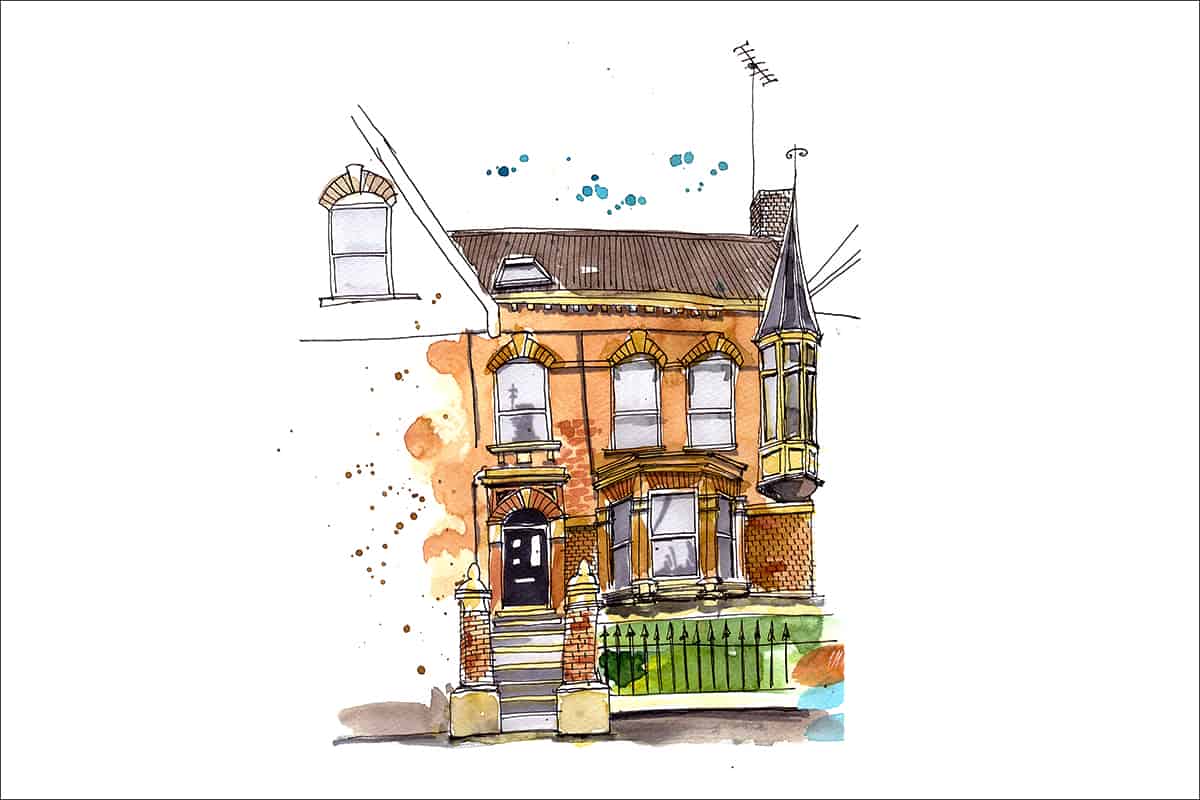
Use a fine-liner to quickly sketch and depict a scene or object quickly before introducing color with loose washes. Additional line work can be added on top of the wash but make sure that the paint is completely dried first before investing time into details.
Collages

Cut up old watercolor works (typically ones you aren’t too happy with) and create a collage. This can be used to create a new (literal) layer of depth and texture on top of the painting you are working on.
Dot watercolor

Involves the gradual process of creating tiny drops of pigmented water on you paper. While this technique is extremely slow and requires a lot of patience, the results can be very rewarding. Make sure to avoid allowing water droplets to run into each other, and thus, unintentionally merging colors.
Drip paint
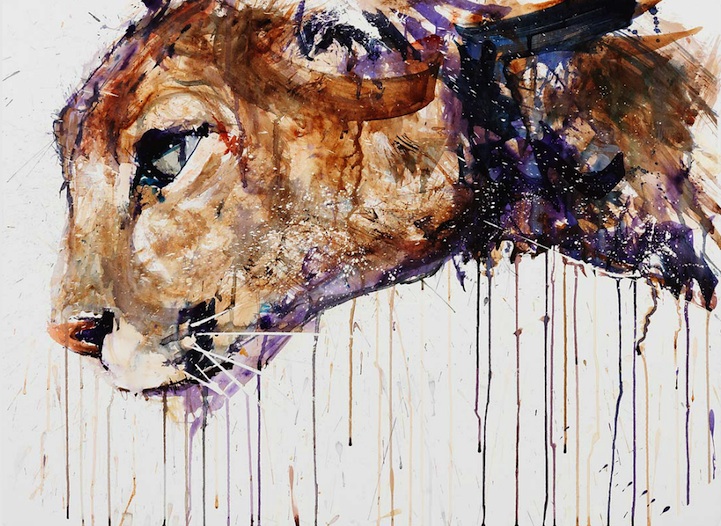
Embrace the fluid nature of watercolor by tilting the paper downward to allow an excess build-up of water to run down. This creates a ‘teardrop’ effect that can add some interesting elements to an artwork.
Underpainting
First develop the shadows of the painting using an undertone (in a contrasting color). Once dried, adding fresh layers on top of these shadows will ensure layers of depth as highlights are brought to life.
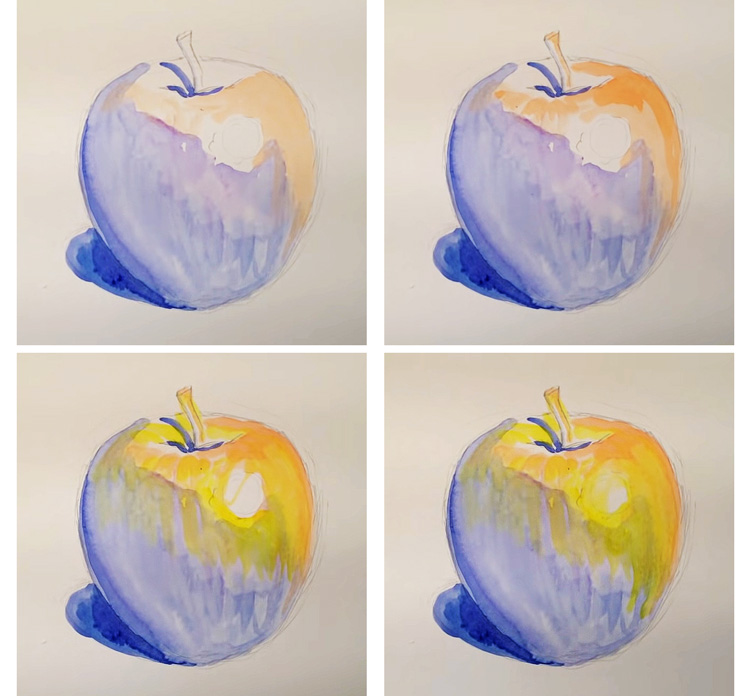
Rice paper
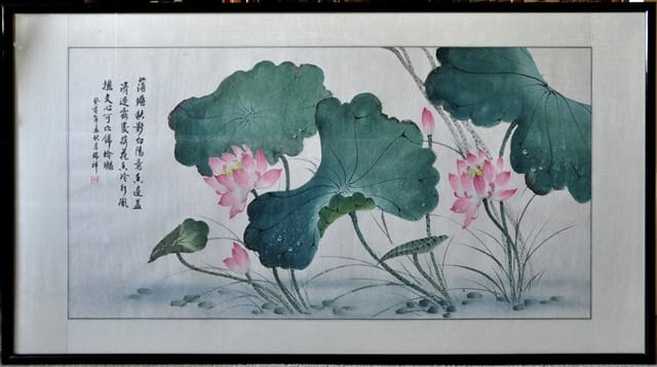
The use of rice paper will require you to adjust your technique to adapt to a surface that bleeds rapidly with excess water. This will enable you to combine previous techniques such as blooming to create new (often unexpected) effects to your paintings.



Leave a Reply